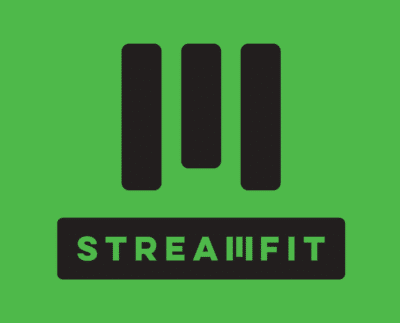According to Two CrossFit Games Champions
Every year, preparing for the CrossFit Open demands significant mental effort from gym owners who are already stretched thin with their regular duties. They find themselves organizing intramural events or Friday Night Lights, adding yet another layer to their workload.
This Often Prompts The Question:
Why Am I Doing This Again?
Even if the Open isn’t a major focus, simply running the workouts during regular classes can be demanding. Gym owners often spend late hours at the gym mapping out the setup, preparing scoresheets, validating results, and fielding requests from athletes wanting to redo workouts.
The bottom line is, gym owners deserve a break during the Open, and that’s where HybridAF comes in.
But don’t just take our word for it; listen to the experiences of two HybridAF gym owners and CrossFit Games champions, Andrea Nisler and Christina Mazullo. (Nisler, owner of Timberwolf Fitness and a two-time CrossFit Games team champion with Rich Froning’s CrossFit Mayhem, while Mazullo, owner of Tarheel CrossFit and Tarheel CrossFit South, is 2023 Upper Extremity CrossFit Games champion.)

Andrea Nisler

Christine Mazullo
Four Ways HybridAF Helps Athletes And Gym Owners During The Open
#1: Facilitates Open Preparation
For Nisler, who is eight months pregnant, providing her members with the option to access the gym when she or another coach isn’t available during the Open season significantly eases their preparation. Members can work on skills crucial for the Open, boosting their confidence. Nisler can offer guidance during these sessions, enhancing the value for her members.
Mazullo shares a similar experience:
“Athletes tend to linger after class or arrive early to work on skills they need to focus on during the Open season.”
#2: Promotes Open Recovery
During the Open, members are often more committed to recovery activities like foam rolling or using lacrosse balls, but having unattended access facilitates this without requiring the gym owner or coach to be present. Nisler encourages her members to utilize HybridAF for recovery activities, making the most of the gym’s downtime outside of class hours.
“I encourage my members to utilize their hybrid access as much as possible, even to come in and mobilize or roll out,” Nisler said. “CrossFit gyms tend to have a lot of empty downtime, I like when I can see it being utilized outside of class time.”
#3: Accommodates Schedules
Unattended access offers flexibility for athletes, particularly for scheduling redo workouts. With HybridAF, athletes can schedule their workouts at times when the gym is less crowded, minimizing disruptions to regular classes.
“I find that my members are wanting to come in and work on skills that might be coming up in the Open that they don’t quite feel confident in yet. This typically happens before a class, which is the perfect time to come in and work on some gymnastics skills,” she said.
This goes a long way in adding value to her members, as Nisler is able to provide them with direction when they come in.
“I have recommended many specific programs to members in the last month or so that people are coming in to do outside of class time, (like) bar or ring muscle-up progression work (or) handstand work,” she said.
Mazullo’s experience during the Open is similar.
“Athletes tend to stick around after class and come in before classes to work on skills and things that they need to focus on during the Open season,” she said.
#4: Streamlines Additional Revenue Opportunities
Offering individualized training programs, either before or after the Open, is a smart way to generate revenue. With HybridAF, gym owners can provide these services without the need for additional coaching staff during off-hours.
“We do offer individual design and competitor programming for those who are interested (and) they have the opportunity to use their unaccompanied access via HybridAF to take care of those things,” Mazullo said.
Final Thoughts from Mazullo:
“Having HybridAF not only simplifies life as an affiliate owner year-round but especially during the Open season. It gives us the freedom to operate more flexibly, allowing athletes to practice skills and redo workouts on their own schedule with a registered judge.”











